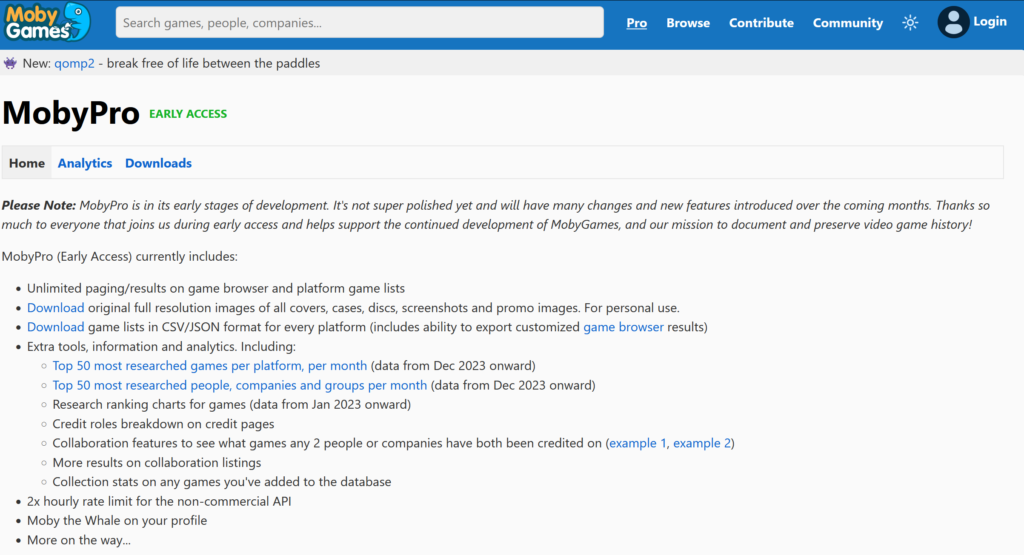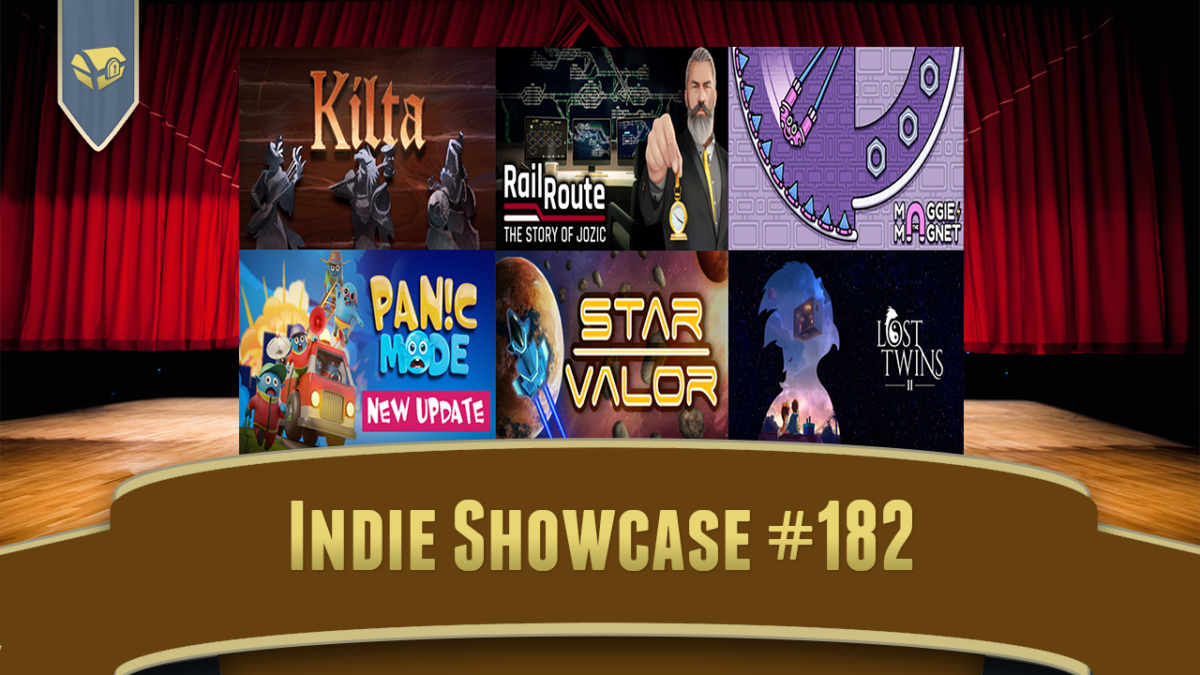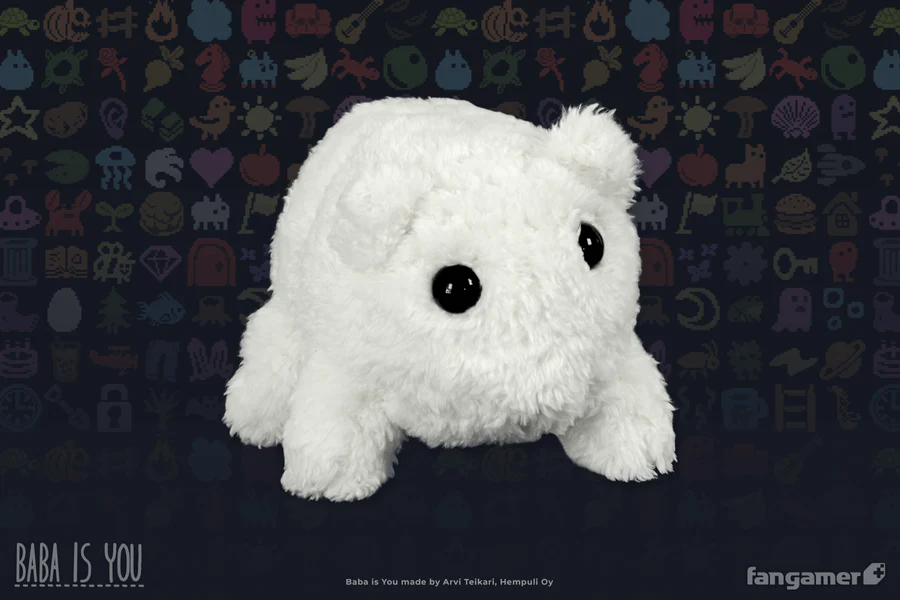
‘@Play‘ is a frequently-appearing column which discusses the history, present, and future of the roguelike dungeon exploring genre.
It’s the shortest @Play column ever!
What is happening here? This is the newest Mystery Dungeon game, Shiren the Wander: The Mystery Dungeon of Serpentcoil Island. It’s actually a great deal of fun, a sharply-designed entry in the long-running classic roguelike series.
This isn’t “roguelike” like half the games on Steam. This is a true roguelike, even if it doesn’t have ASCII graphics: a turn-based RPG with substantial randomized elements, that demands that you live (or not) by your tactics, strategy and wits. I don’t begrudge others appropriation of the term, but it does mean I have to now use the qualifier classic when I want to discuss the old style. Really, it’s better to call games not in the original style roguelite.
The dungeon depicted is Heart of Serpentcoil Island, the traditional end megadungeon that most Mystery Dungeon games have. After finishing the “main” dungeon, and playing a lot of extra bonus dungeons that each show off a specific element of the game’s engine, there’s the megadungeon: a 99-level gauntlet of terror where you enter at level 1. None of the items you’ve collected throughout the rest of the game will help you here. You must start from scratch with just a riceball. You don’t even have a weapon or a shield to begin with: everything you have, you must find along the way.
The game doesn’t pull many punches in this dungeon, as you can see. At experience level 1, every space in a room (other than the entrances: that’s a secret tip for you!) could contain a game-ending trap. The only consolation is that they’re really quite rare! I was exceptionally unlucky in this run.
Additionally, the uses of many of the items, the scrolls, grasses, pots, bracelets and incense found in the dungeon, are unknown: their effects must be discovered, through means both blatant and subtle, for yourself. Some of them will be essential to your survival, let alone success; others, like the Ill-fated Seed, you really want to avoid using.
It’s a ludicrous test of knowledge and skill, and a fitting capstone to the game. If the experience shown in the video seems like it might put you off, at least it shows conclusively that the game isn’t taking it easy on you. If you win, and it can be won, it’s a great accomplishment. I’m still working on this one myself; I’ll let you know how it goes.














